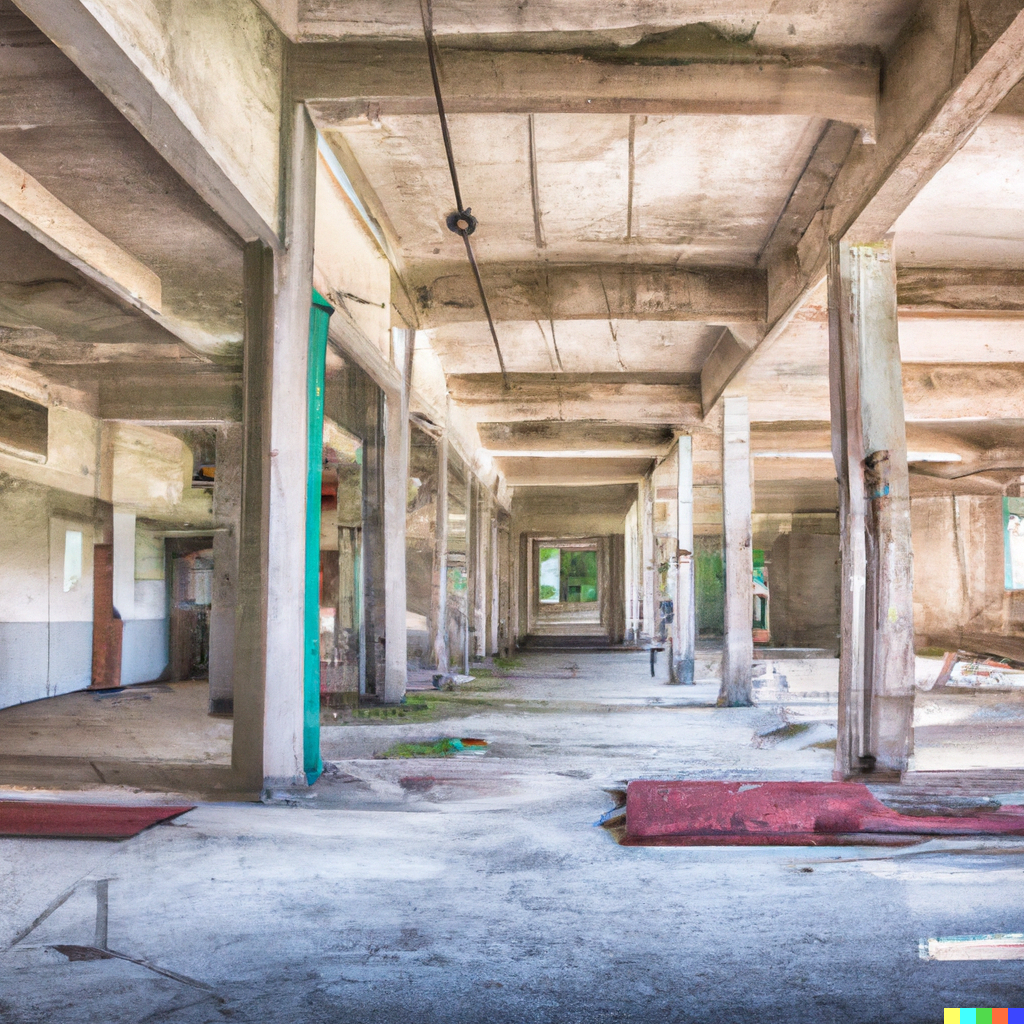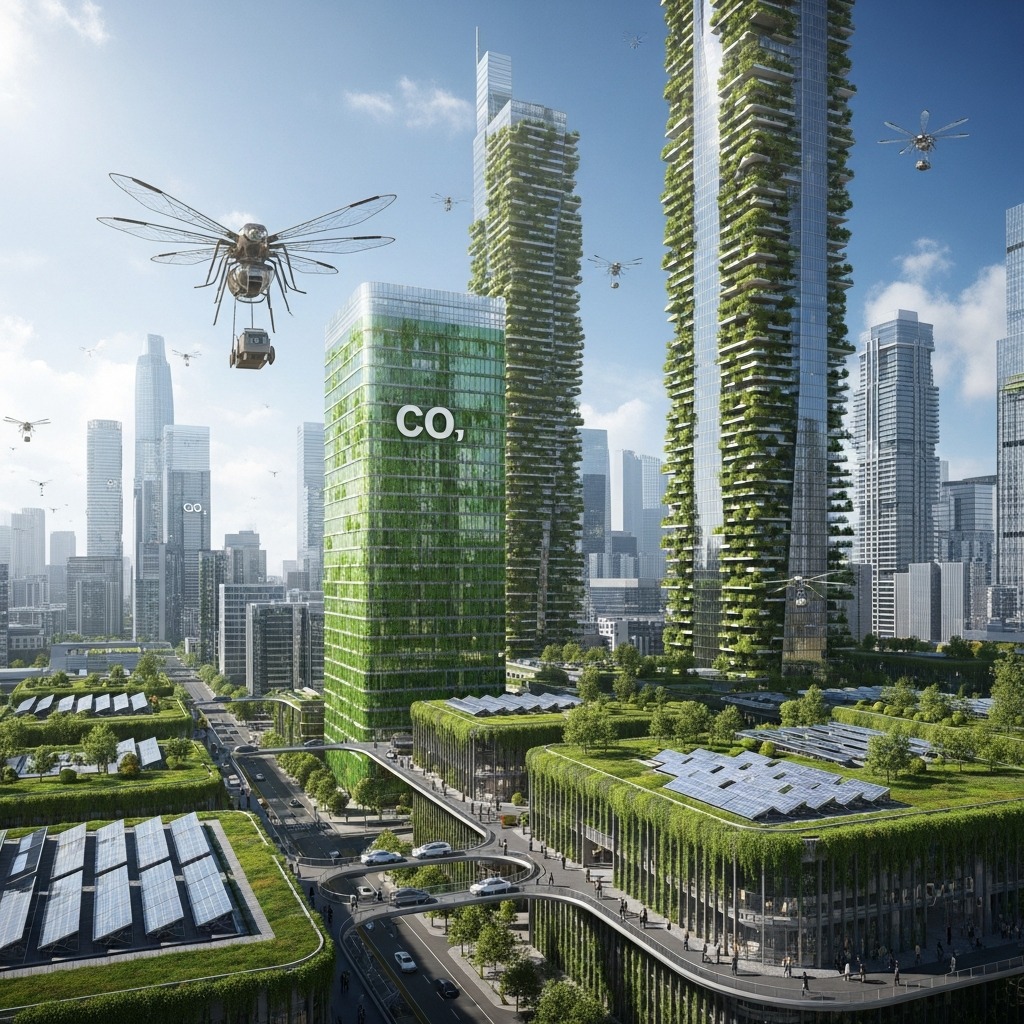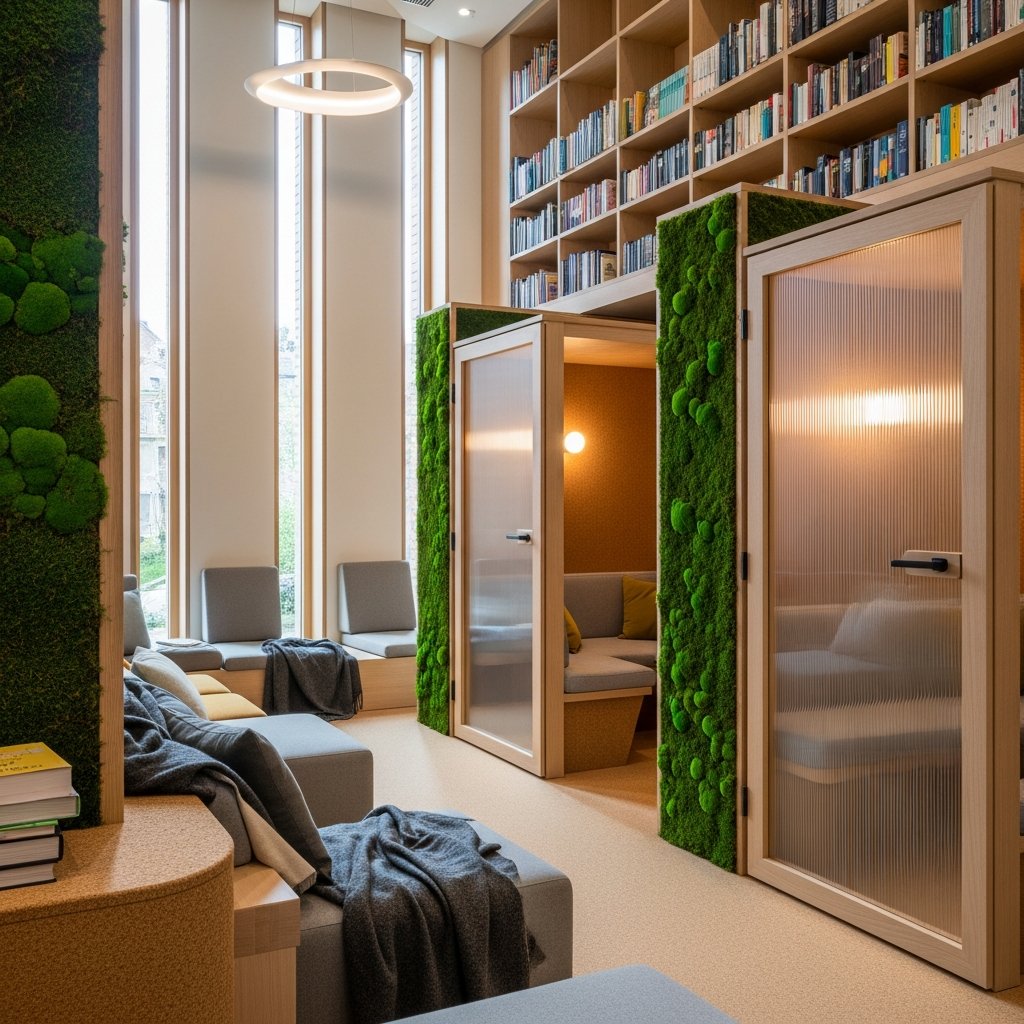Adaptive Reuse: Transforming Abandoned Buildings into New Spaces

Preserving History and Character
Adaptive reuse is an important tool for cities looking to preserve the character and history of their built environment. By repurposing existing structures, cities can maintain a sense of history and character, especially in areas with a rich cultural heritage. Historic districts and downtowns can benefit greatly from this approach.
Reducing Environmental Impact
Adaptive reuse can also help to reduce the environmental impact of construction. Existing buildings require less energy and resources to transform than constructing a new one from scratch. This can have a positive impact on the environment and help to promote sustainable development.
Economic Benefits
In addition to its environmental benefits, adaptive reuse has economic benefits as well. By transforming existing buildings, cities can create new jobs and attract businesses to the area. This can help to revitalize an area and spur economic growth. Additionally, adaptive reuse can help to reduce the cost of development, as existing buildings often require less investment than constructing a new one.
Successful Examples
There are many successful examples of adaptive reuse around the world. One of the most notable examples is the Amsterdam Central Library, which was transformed from the former Central Station in Amsterdam. The building, originally constructed in 1889, was abandoned in the 1970s but was transformed into a modern library in 2007. It now serves as a popular destination for locals and tourists alike.
Another example of adaptive reuse is the cultural center in Utrecht, which was transformed from an old warehouse originally constructed in the early 20th century. The building had fallen into disrepair but was transformed into a vibrant cultural center in 2011, complete with a cafe, art gallery, and performance space. It has since become a popular destination for locals and tourists alike.
Conclusion
Adaptive reuse is an important tool for urban renewal and revitalization. By repurposing existing structures, cities can create new and interesting spaces that are both functional and aesthetically pleasing. Adaptive reuse allows for the preservation of historic buildings while also creating vibrant new spaces. It is a great way to promote sustainable development and help to preserve the character and history of an area.





